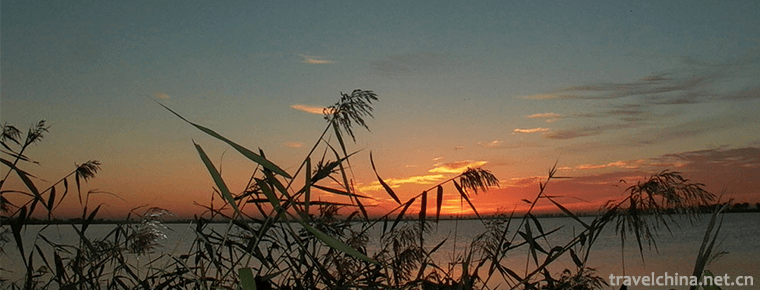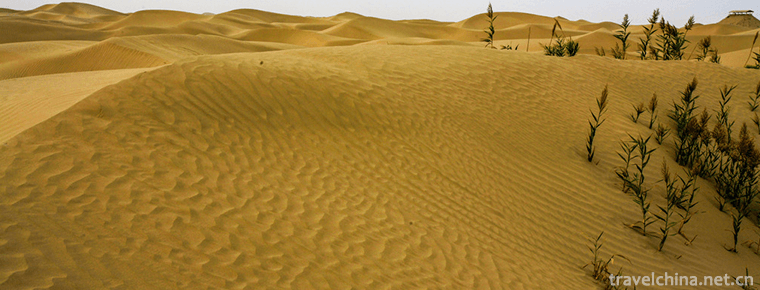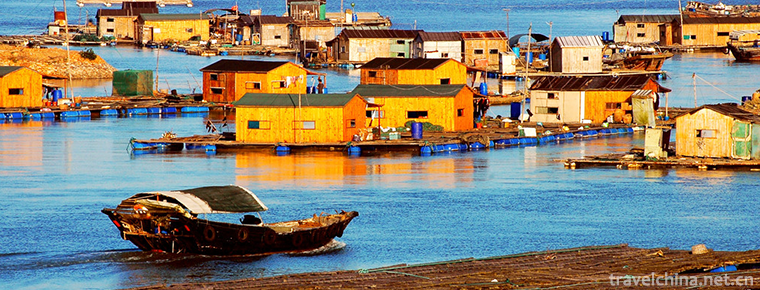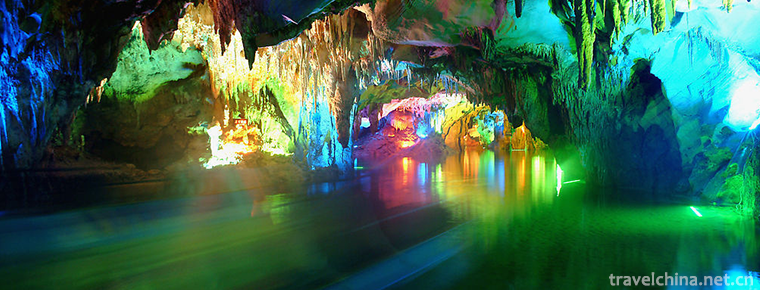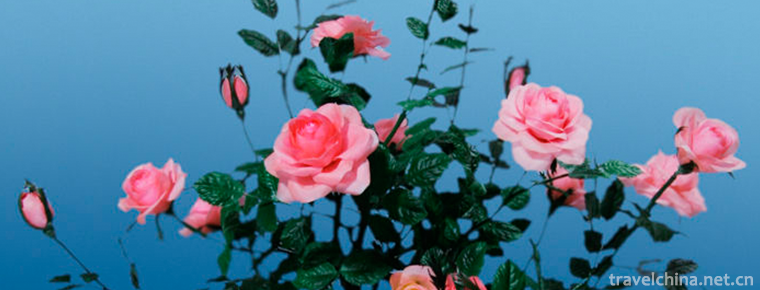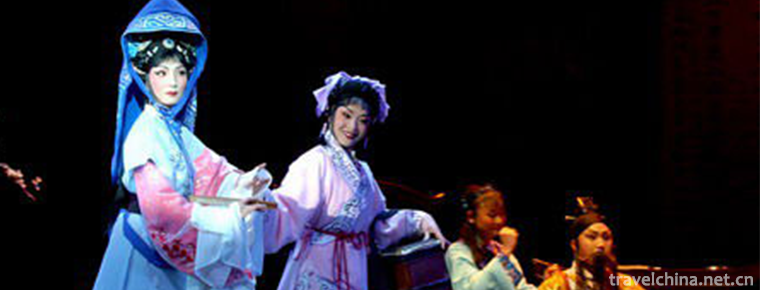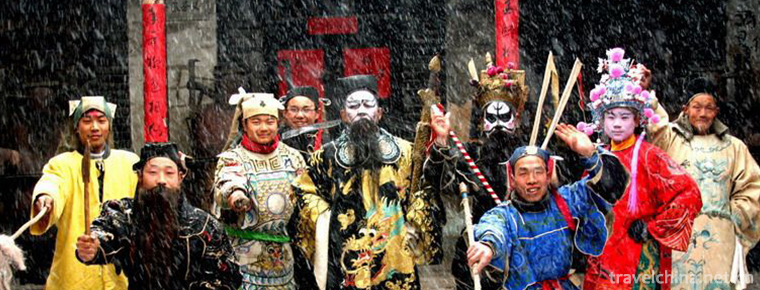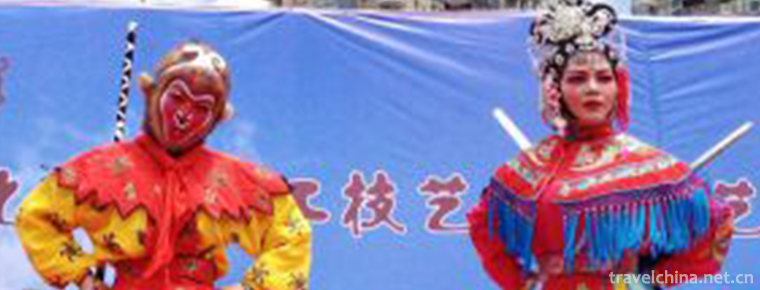Kirgiz costumes
Kirgiz costumes
"Kirgiz" means the people who live on the cliffs. Another saying is that "Kirgiz" are forty girls. This statement is wrong. Most of the Kirgiz people live in Xinjiang's Kizilesu Autonomous Prefecture, some scattered in southern Xinjiang's Wushi, Aksu, Yingjisha, Tashkurgan, Pishan and other counties, as well as the northern Xinjiang's Turks, Zhaosu, Emin, Bole, Jinghe, Gongliu and other counties and pastoral areas. In the form of clothing, men wear white embroidered collar shirt, sheepskin coat or black, blue cotton cloth collarless "loops", but also made of camel hair, with black cuffs along the edge. Tie a leather belt, tie a knife, flint, etc. Women wear a pair of skirts, broad collarless, knee-length, silver, pleated skirt with fur at the bottom. There are also people wearing dresses, skirts with baby cocktails at the bottom, black shoulders or "mantles" in their jackets.
On November 11, 2014, Kirgiz costumes were approved by the State Council and listed in the fourth batch of national intangible cultural heritage list.
Ethnic background
Mainly engaged in animal husbandry, a small number of people engaged in agriculture, handicraft industry, is a traditional animal husbandry nation. The origin and formation of clothing are inseparable from the natural ecological environment in which human beings live. Most Kirgiz herdsmen live with water and grass. They live in mattress houses in summer and square earth houses in warm valleys in winter. The characteristics of clothing have the commonness of grassland herdsmen and the characteristics of national clothing. The fur and wool fabrics of livestock are their main materials for dressing. The style of clothing is mainly gown for men and skirt for women. Kirghiz people like red, followed by white and blue. It is reflected in costumes, paintings, decorations and crafts, which is a good reflection of the cheerful, enthusiastic and bold national character of the Kirgiz people.
Historical legends
Kirgiz have a long history of wearing this white felt hat. As to the origin of this kind of hat, there is still a beautiful and moving legend among Kirgiz people. In ancient times, the Kirgiz had a handsome, brave and resourceful king. During the long campaign, he often felt that his military and civilian clothes and caps were different and his horses were multicolored, which affected the military prestige and combat effectiveness. So before the expedition, he summoned forty advisers, ordered the colour of the United Front Horse, and asked them to prepare a uniform hat for each soldier and civilian in forty days, which was like a shining star and a colorful flower, like a snow-capped iceberg and a green mountain ring. Shelter from rain and snow, but also to prevent sand attacks. Thirty-nine days later, thirty-nine counsellors were killed one by one for failing to meet the king's requirements. Finally, a brilliant and intelligent daughter of the fortieth counsellor was in a hurry to develop the white felt hat. The king was very satisfied and ordered his soldiers and civilians to wear it, which has been handed down to the present day.
Kirgiz men and women all year round like to wear a domed cap "Topu", usually made of red, purple and blue corduroy. In winter, men wear round hats made of lamb or Fox Skins called "Taibei Taiyi", while girls wear leather hats made of otter or white sheep skins called "Kunduzi". In summer, men often wear white felt caps with black cloth or black thread and rolled up. The main shapes of white felt caps are left and right openings or no openings. There are differences in ornaments such as beads and ears on the domes or quadrangular crowns and caps.
custom
Men don't wear beards or hair. If you are an only child, you can grow your hair within ten years of age, but you can't store all of it. Just leave four pinches of round or semicircle marks on the front, back, left and right of your head. When you are ten years old, you will shave them off.
Men's hats are usually made of red cloth (in other colors), and on top of the hat are spikes of velvet. Spikes are decorated with beads and other ornaments, with leather caps in winter.
Among many hats, the most typical and common one is the white felt hat made of wool felt, which is often worn all the year round. This white felt hat is the most distinctive symbol of identifying the Kirgiz people from their clothes. Kirgiz cherish it very much and regard it as a "sacred hat". When not in use on weekdays, hang it on high places or on bedding, pillows and so on. You can't throw it casually, let alone trample on it with your feet, or make fun of it.
The Form of Clothing
In the form of clothing, men wear white embroidered collar shirt, sheepskin coat or black, blue cotton cloth collarless "loops", but also made of camel hair, with black cuffs along the edge. Tie a leather belt, tie a knife, flint, etc. There is also a kind of collar, jacket is often worn by herdsmen. Wearing wide-legged trousers, high boots, or wrapped in cowhide, is called "Qiaokaoyi" shoes. Kirgiz men wear white felt hats made of wool all the year round, which is the symbol of distinguishing Kirgiz people from their clothes. The lower edge of the cap is inlaid with black cloth or black flat line, rolled up to reveal the black edge, there are left and right openings or no openings, there are domes and square crowns. Wear a fur cap of fox or sheepskin in winter. Green, purple, blue or black domed hats are worn all the year round, plus high-crowned fur caps or felt caps.
Women wear a pair of skirts, broad collarless, knee-length, silver, pleated skirt with fur at the bottom. There are also people wearing dresses, skirts with baby cocktails at the bottom, black shoulders or "mantles" in their jackets. Young women wear red dresses, small red velvet caps or large red otter caps with beads, Tassels and feathers, mostly red and green scarves, while older women are still white. Women wear high boots with embroidery patterns. Unmarried women wear many small braids and change their braids after marriage. Braided ends are tied with silver chains or silver coins, keys, etc. and then tied together with bead chains. Ornaments are mostly silver, such as bracelets, earrings, necklaces, rings, etc. Some areas also wear cast round silver chest ornaments.
Kirgiz women's wear
Kirgiz costumes, women like red, wear short clothes, but also wear dresses. The shirt is wide and straight collar. Fabric clothes are easy to sew, high-grade clothes are well sewn, cuffs and silver buttons on the flaps. Skirts are made of broadband or pleated silk, and are in a cylindrical shape, with the upper end tied around the waist and the lower end inlaid with fur. Underwear lapel collar shoulder, shoulder collar is very large, underwear exposed. Outside the jacket, mostly black, Lapel open chest, winter plus cotton wool.
The woman wore a round golden velvet red flower cap called "Taksi" with a turban over it. Another kind of hat is called "Erikikik" with decorations and embroidery. When wearing this kind of hat, embroidered soft hat should be worn inside. In winter, wear "Karl Parker", made of felt, top with spikes, cover with wool or cloth, opening on both sides of the cap, the top is usually white. The latter two hats are relatively old and most people don't wear them. Women's headwear is very complex, with "embroidery cloth strip" tied hair braid, braid end is a few round silver coins, and then use bead chain to link the two braids together, face like grease powder, wear jade bracelets, rings.
Kirgiz Men's Wear
Kirgiz men's wear is also more embroidered, short clothes, jacket length and arms. Straight collar, neckline embroidery, tight cuffs, or embroidery, jacket to the skirts, silver buttons on the skirts, underwear more white, often embroidered, jacket "shoulder", also known as "rack", similar to the pattern worn by women, but different colors. Men's clothes are black, grey and blue. Outside all wear overcoats, a large coat without collar, cuffs are mostly covered with black cloth, known as "Toczechmann"; there are also wearing leather clothes, known as "Eczechmann". Kirgiz men's traditional clothing is white embroidered collar shirt, coat collarless long shirt "loops", cuffs with black cloth edge. Short jacket style is vertical collar, double-breasted collar. Belts are tied over the coat. Wear wide-legged pants, women's clothing is broad collarless, less than knee length, inlaid with silver buttons on the top of the flaps. Wear a multi-pleated skirt with fur underneath or a variety of dresses with pleats underneath. A shoulder made of leather or cloth. All seasons wear a dome cap. The collar, sleeve and chest of clothes are embroidered with exquisite geometric patterns. The main colours are red, blue and white.
Important sign
In pastoral areas, wearing "Kalpak" is more common. This kind of hat is often an important symbol to distinguish the Kirgiz from their clothes. Kirgiz unmarried women wear red gold velvet dome caps, decorated with tassels, feathers and other decorations. Young women often wear red, yellow and blue headscarves, while middle-aged and old women wear clean headscarves. Men usually wear white embroidered round-necked shirts with lace. Their coats are made of sheepskin or black and blue cotton cloth. They wear a collarless pair of bodices, belts or embroidered belts, knives on top and cloth or leather trousers on the bottom.
Both men and women wear leather boots and felt boots. Most herdsmen wear a homemade "Cholek" boat-shaped leather boot. Kirgiz people, men and women alike, like to wear jewelry. Women like to wear silver earrings, necklaces, rings, bracelets, etc. They also wear silver coins, copper coins and other ornaments on their hair braids. In some places, they also wear silver bras with patterns. Besides wearing rings, men also have gold and silver ornaments on their belts. In addition, the old Kirgiz people who believe in Lamaism in Ermin County wear Mongolian red robes. The clothes of Kirgiz in Fuyu County of Heilongjiang Province are identical with Mongolian, Daur and Han nationalities.
Since the reform and opening up, due to the deepening economic and cultural exchanges between the Kirgiz people and their brotherly ethnic groups, and the continuous improvement of their material living standards, there have also been great changes in clothing. The combination of Chinese clothing, suits and traditional national clothing not only has national flavor, but also highlights modern characteristics.

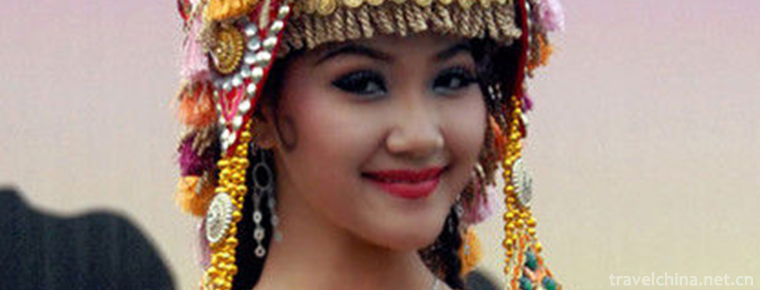
-
Qilihai National Wetland Park
Qilihai National Wetland Park is located in the northeast of Tianjin, located in Ninghe District of Tianjin, 30 kilometers away from Tianjin urban area, 100 kilometers away from Beijing and 40 kilomet.
Views: 166 Time 2018-12-17 -
Dawakun Desert Tourist Scenic Area
Dawakun tourist scenic spot is located in Tielimu Township, Yuephu County, 6 kilometers away from 310 provincial roads and 110 kilometers away from Kashgar City, with convenient transportation. It is .
Views: 112 Time 2019-01-06 -
Jiangshan Peninsula Tourist Resort
Jiangshan Peninsula Tourist Resort is a provincial tourism resort development zone approved by the People's Government of Guangxi Zhuang Autonomous Region in 1994..
Views: 167 Time 2019-01-21 -
Baiyundong Tourist Area Kongshan
Baiyundong in Kongshan Mountain is a national key scenic spot, National Geological Park and national AAAA level scenic spot. Located in Lincheng County of Xingtai City.
Views: 180 Time 2019-01-29 -
Luxi County Alu Ancient Cave Scenic Area
The Alu Gudong Scenic Area is located in southeastern Yunnan Province, 2 kilometers west of Luxi County Town, Honghe Prefecture, Yunnan Province. "Alu ancient cave" is a Yi language,.
Views: 118 Time 2019-02-06 -
Beijing silk flower
Beijing silk flower, one of the traditional handicraft products in Beijing, also known as "Beijing flower", originated in Shenmuchang Street outside Chongwenmen in Ming Dynasty.
Views: 180 Time 2019-04-04 -
Dian Opera
Yunnan Opera is one of the local operas in Yunnan Province. Silk string (originated from the earlier Qin Opera), Xiangyang (originated from the Xianghe School of Han Diao) and Huqin (originated from H.
Views: 137 Time 2019-04-26 -
Match show
Sai opera is an ancient opera which has been spread in Shanxi, Hebei, Inner Mongolia and Shaanxi. It is a traditional literary form with strong local characteristics of frontier fortress. Sai opera wa.
Views: 133 Time 2019-06-12 -
Suzhou opera
On June 7, 2008, Hangzhou and Shaoxing City of Zhejiang Province jointly declared "Spring Spring Spring Spring Packing" which was approved by the State Council to be included in the second b.
Views: 389 Time 2019-06-18 -
Beijing Institute Of Technology
Beijing Polytechnic University was born in Yan'an in 1940. It is the first university of science and engineering founded by the Communist Party of China. It has been one of the key universities in Chi.
Views: 119 Time 2019-09-06 -
Modern cheongsam
At the beginning of the 20th century, it was popular to wear a short jacket with trumpet shaped wide sleeves inside, and a long waistcoat without sleeves with the front and back of the coat reaching the ground. Since then, cheongsam has made some changes in the edge, sleeve.
Views: 116 Time 2020-12-11 -
Hydrology in Yibin
The water system in Yibin belongs to the external water system, with the Yangtze River as the main vein, with many rivers, high density and abundant water. Jinsha River and Minjiang River join to form the Yangtze River, which runs through the nor.
Views: 323 Time 2020-12-18
